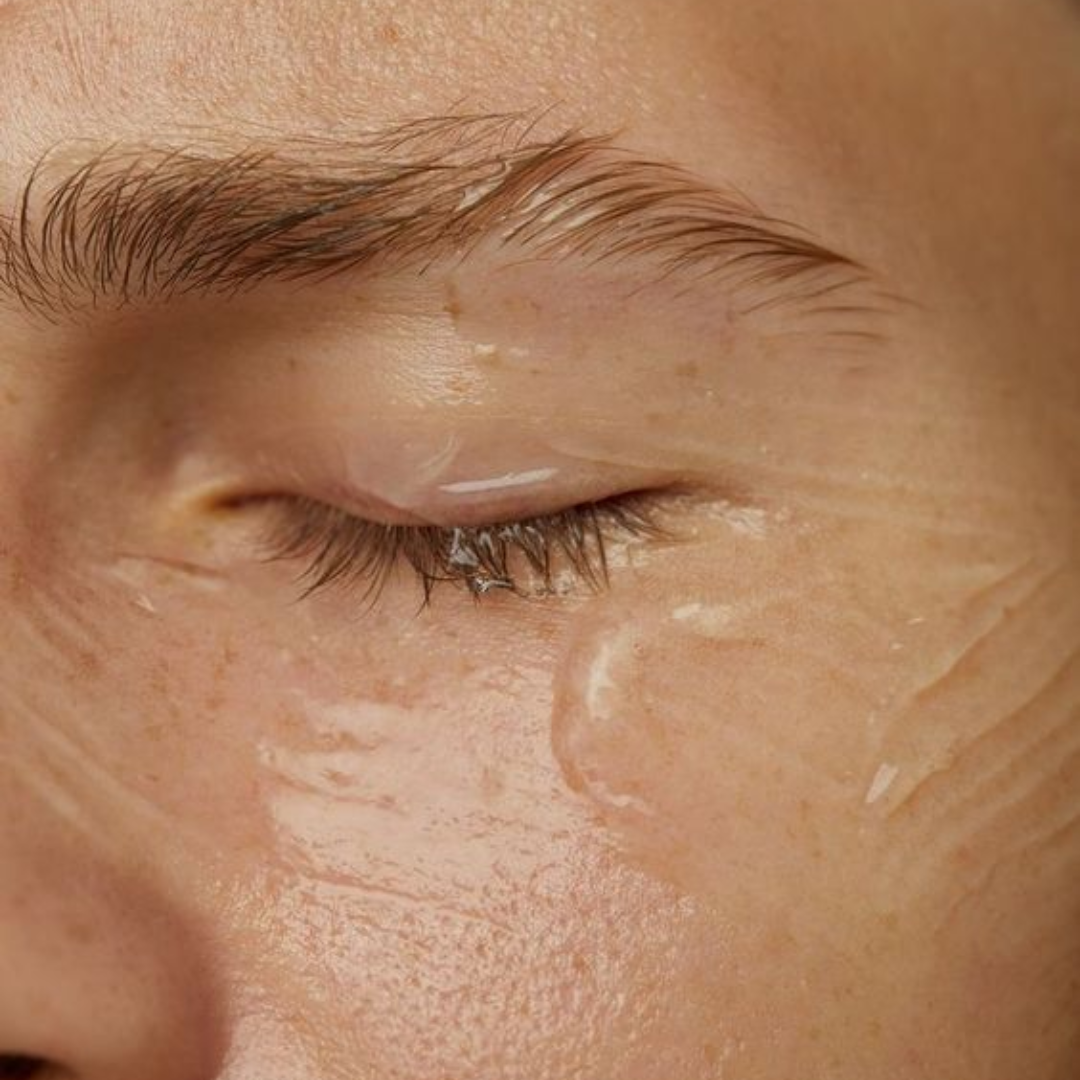
How to cleanse facial skin properly? By Dr. Bambili Anais
Share
Understanding the importance of skin cleansing
Clean, well-maintained skin is the foundation of good looks and healthy skin. By removing impurities, excess sebum and dead skin cells, regular cleansing prevents clogged pores, reduces the risk of pimples and other skin problems, and promotes cell renewal to prevent the appearance of wrinkles. That's right! Taking care of your skin and cleansing it well is the basis of any routine, whether anti-imperfections or anti-aging.

The foundations of an effective cleaning routine
To begin with, make-up removal is a crucial step, whether you're wearing light, heavy, waterproof or non-waterproof make-up. Opt for a gentle cleansing oil - some based onplant oils, such as jojoba oil, can effectively dissolve make-up without drying out the skin. Then double-cleanse with a gel cleanser suited to your skin type to remove impurities deep down.
The different types of facial cleanser
There are several types of facial cleanser, each with its own characteristics and benefits. Here's an explanation of the main types of facial cleanser:
- Cleansing gel
They are suitable for most skin types, but some gel cleansers can be formulated specifically for oily or combination skin, containing ingredients that help regulate sebum production. Gel cleansers are often appreciated for their light, refreshing texture, ideal for daily use.
One of the advantages of cleansers is their low concentration of foaming agents, which dry out the skin, unbalance the hydrolipidic film and attack the microbiota.

-
Foaming cleaner
Foaming cleansers create a light lather on contact with water, leaving the skin feeling clean and fresh - but this may only be a sensation, as foaming agents tend to dry out the skin.
They are effective at removing impurities and make-up.
Foaming cleansers are suitable for most skin types, but may be particularly appreciated by those with normal or oily skin.
- Cleansing cream
Cream cleansers are rich, nourishing facial cleansers formulated to deeply cleanse while hydrating the skin.
They are ideal for dry, sensitive skin, as their creamy texture helps prevent dryness and soothe irritation.
Cream cleansers are often recommended for people with mature skin, as they help maintain hydration and prevent loss of firmness.
- Cleansing oil
They are formulated with vegetable oils or light oils that transform into a milky texture on contact with water, effectively eliminating impurities without leaving a greasy residue on the skin.
Make-up-removing oils are recommended for all skin types, but can be particularly beneficial for dry and sensitive skin, as they help to moisturize and nourish the skin while cleansing it.
- Micellar water
Micellar waters are gentle, multi-purpose facial cleansers that contain micelles, small particles that attract and remove impurities and make-up from the skin.
They are formulated soap-free and leave-on, making them ideal for fast, convenient cleansing when water is not available. However, when possible, it is important to do a second cleansing to remove impurities "smeared" by the application of micellar water.
Micellar waters are suitable for all skin types, including sensitive skin, as they are gentle and non-irritating.
Daily gentle exfoliation for radiant skin
Exfoliation is a key step in maintaining radiant skin. Opt for gentle daily exfoliation morning and night with products containing salicylic acid, gluconolactone, probiotics or other gentle balancing agents. These ingredients help unclog pores, reduce imperfections and brighten dull complexions, while minimizing irritation.
Adapting your routine to your skin type
Each skin type has specific cleansing needs. For dry skin, opt for gentle, moisturizing products. For oily skin, opt for purifying cleansers that regulate excess sebum. Sensitive skin needs gentle, non-irritating products, while combination skin can benefit from a combination of products adapted to each facial zone.
Whatever your skin type, opt for biomimetic skincare products and gentle exfoliating ingredients such as lactic acid and salicylic acid.
Practical advice and mistakes to avoid
To optimize your cleansing routine, be sure to use lukewarm water rather than hot water, which can dry out the skin. Also avoid overly abrasive cleansers and products containing harsh ingredients, which can irritate the skin.
Here are some ingredients to avoid in facial cleansers:
-
Sulfates
- Synthetic fragrances and colorants
-
Denatured alcohols
- Mineral oils
Mineral oils, such as kerosene and petroleum jelly, are petroleum-derived occlusive ingredients often used in cleansers for their ability to form a protective barrier on the skin. However, these ingredients can clog pores and lead to breakouts, particularly in acne-prone or blemish-prone skin.
- Aggressive cleaning agents
Finally, don't forget tomoisturize your skin after cleansing to maintain its moisture balance.

By following these simple steps and incorporating daily gentle exfoliation into your cleansing routine, you can achieve clearer, brighter, healthier-looking skin. Don't forget to consult a dermatologist if you experience persistent skin problems, and feel free to share your own tips and experiences in the comments below.
